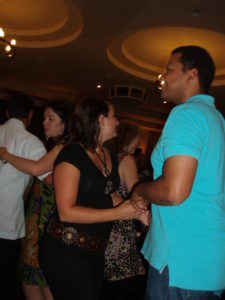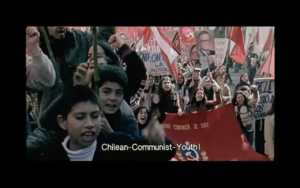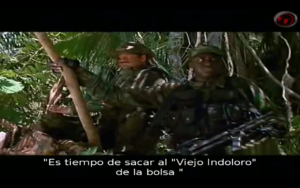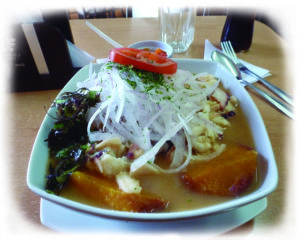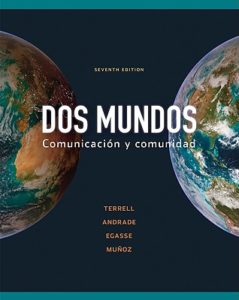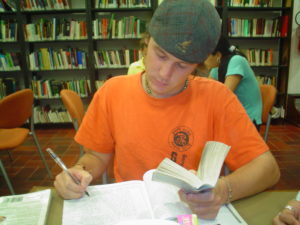The Early Origins of Salsa in Melbourne
The 1980s were a decade which marked the arrival of salsa in Melbourne as an identifiable music ‘scene’. Yet there had existed an era when such popular cultural movements could not have been celebrated as they came to be, neither by those who had introduced them, nor by those who had adopted them.
A Restrictive Society
One obstacle to such movements came in the form of the Restrictive Immigration Policy. This ‘White Australia Policy’ had its origins in popular prejudices, as well as in ‘sophisticated’ scientific theories regarding racial difference.[1] Australia had sought to represent itself as isolationist and assimilationist, which produced an idea centres around a single, national culture; one centred on the norms of Anglo-Celtic customs. In the Australian Government’s desire to create an ethnically-homogenous society, it had excluded all other cultural identities which might have made a claim to being Australian.[2]
The Aim of these blog entries on Salsa and Latin music in Melbourne
Over the course of these blog entries on Salsa in Melbourne, we will explore the primary globalising processes which were to spell an end to the White Australia Policy, and which effectively allowed the emergence of certain imported forms of Latin popular music among the communities who brought them to new shores.
An exploration will also be made of the ways that the end of the policy created fertile grounds for cultural pluralism.
We will also examine the ways in which the late 1980s’ growing acceptance of a culturally-pluralistic attitude among many who did not identify as Latino arose simultaneously with a phase of globalisation characterised by intense change.
Finally, we will look at the post-Cold War era, one full of liberal trade and open markets. In this way, we will highlight the spreading of media from the United States and other countries wielding a popular cultural dominance in the form of ‘world music’ and ‘world beat’ in the global market, and the way it signalled the emergence of the salsa music scene in Melbourne.
The influence of these globally-marketed music styles, together with shifting attitudes towards plurality, would see that salsa would emerge alongside other styles of Latin music, effectively forming part of a generic Latin music scene.
Next up, a journey back into Australia’s regressive ideas about immigration, and the way that a shift in these ideas would pave the way for Latin music in the city of Melbourne.

